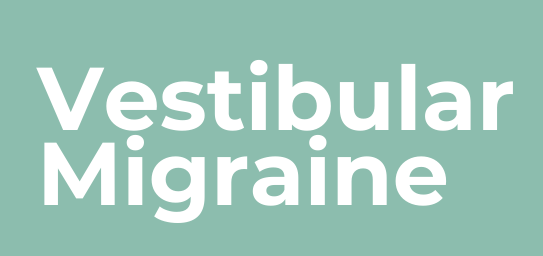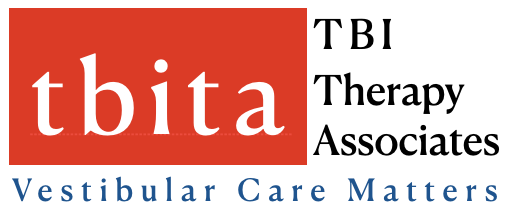Vestibular Migraine (VM)

Post-Traumatic Vestibular Migraine is a type of migraine that occurs after a traumatic brain injury (TBI) and is characterised by vestibular symptoms such as dizziness, vertigo, and imbalance, along with other migraine-related symptoms like photophobia, phonophobia, and aura. Notably, these vestibular symptoms may or may not be accompanied by a traditional migraine headache.
Following a TBI, the normal functioning of the vestibular system—which is critical for balance and spatial orientation—can be disrupted. This disruption may trigger vestibular symptoms, especially in individuals predisposed to migraines.
Post-traumatic vestibular migraine shares many features with typical vestibular migraine but is distinguished by its onset following head injury. Symptoms can include vertigo, dizziness, headache, visual disturbances with aura, and sensitivity to motion or visual stimuli.
Diagnosis of post-traumatic vestibular migraine involves a comprehensive evaluation by a healthcare professional, often a neurologist, headache specialist, or vestibular physiotherapist. The diagnosis is based on the individual's medical history, symptom presentation, and the exclusion of other potential causes of vestibular symptoms.
Treatment for post-traumatic vestibular migraine may include a combination of:
- Medications: To manage symptoms and reduce the frequency and severity of migraine attacks.
- Lifestyle Modifications: Including dietary changes, regular sleep patterns, and avoidance of migraine triggers.
- Stress Management: Techniques such as relaxation exercises or cognitive behavioural therapy.
- Vestibular Physiotherapy: Tailored exercises to improve balance, reduce dizziness, and enhance overall vestibular function.
Individuals with post-traumatic vestibular migraine must work closely with their vestibular specialists and vestibular physiotherapists to develop a personalised treatment plan that addresses their specific symptoms and needs. Ongoing monitoring and adjustments to the treatment plan are essential for optimising outcomes and improving quality of life
